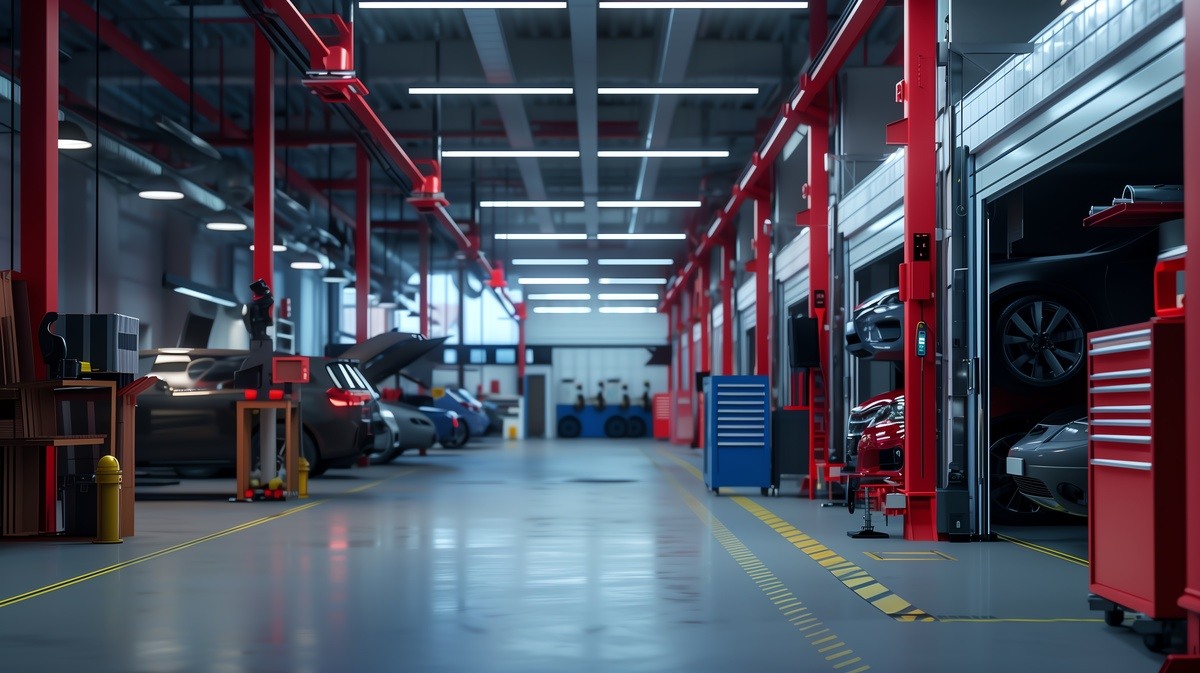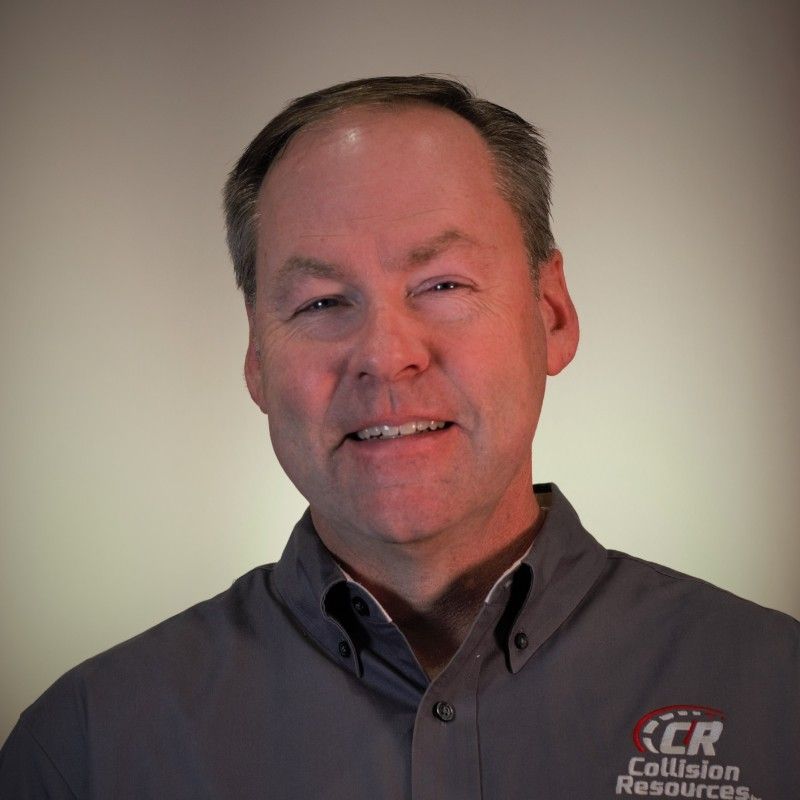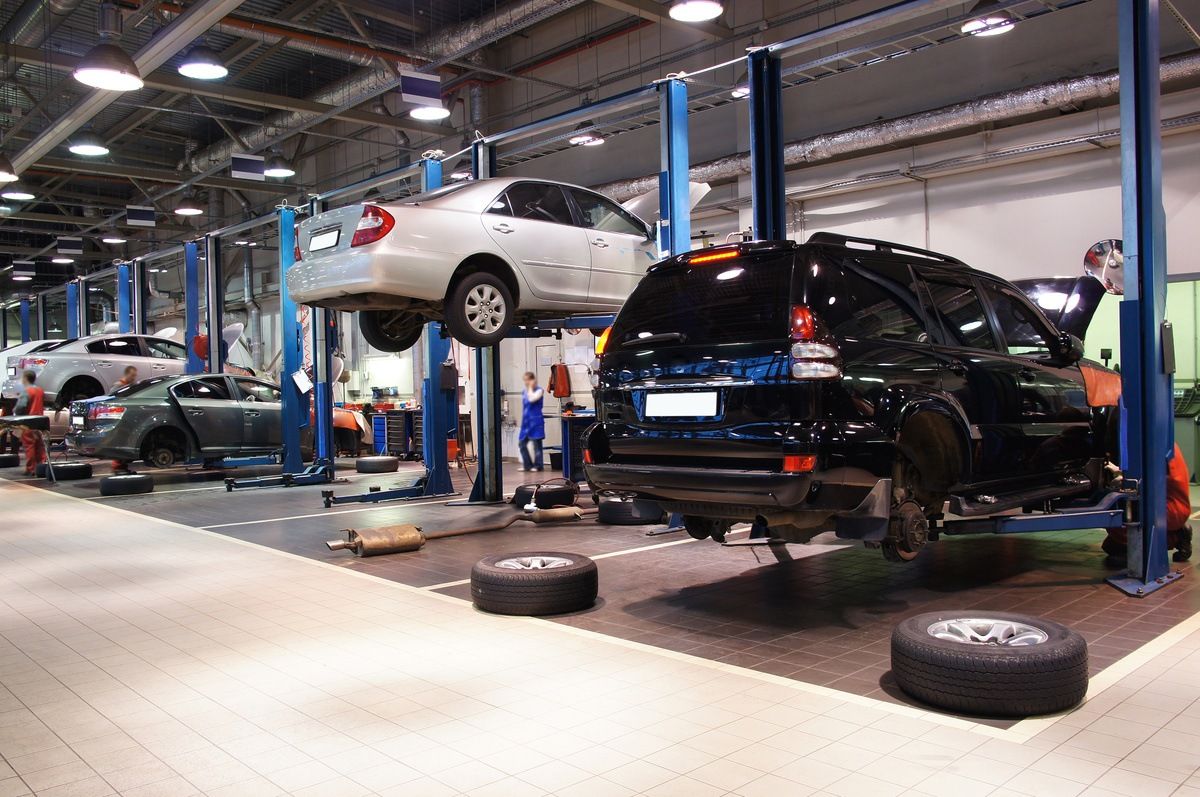How to Load Level Work Across Multiple Locations
-
Written by David McCreight
-
Published on October 02, 2024
-
Category: Production
Managing multiple collision repair businesses can be difficult, especially when balancing workloads across different locations. If one shop is overcrowded while another is underutilized, it can result in inefficiencies, missed deadlines, and customer unhappiness. Load leveling is essential for achieving optimal performance across all of your shops. Here are a few practical ways for properly distributing work among your network of shops.

1. Implement a Centralized Scheduling System
A centralized scheduling system is essential for collision repair facilities with various sites. This gives you real-time information about each shop's workload and availability. You may quickly transfer jobs across sites to guarantee that no single business is overbooked and that consumers enjoy prompt service.
Tip: Collision Resources' CR Auto Scheduler® – Production Multi Location scheduling software is ideal for this purpose. It provides real-time scheduling visibility and can assist in balancing workloads across different sites, ensuring that no business is overburdened while others are idle.
2. Regularly Review Workload Data
By regularly monitoring your data, you may uncover patterns, bottlenecks, and make informed judgments about how to distribute work more equitably. Regularly reviewing repair work volume, cycle time, and staff availability can allow you to anticipate periods of high or low demand.
Tip: Use software solutions that enable you to generate precise information on shop performance and job distribution, making it easier to plan and react in advance.
3. Cross-Train Employees
It’s important that employees are cross trained across tasks and positions to ensure that they can jump in and assist in a variety of ways. This is especially handy when one shop is in great demand, and another has more available workers. Cross-training increases flexibility and allows the burden to be more easily moved between sites.
4. Establish Clear Communication Channels
Good communication is essential for load leveling. Ensure that shop managers and team members from all locations are in continual communication so that they may report on their workloads and exchange resources as necessary. A communication platform that all locations can access promotes transparency and allows for speedy decision-making.
5. Monitor and Adjust Capacity Continuously
As your business grows or demand changes, it's critical to reassess each shop's capacity regularly. Over time, particular locations may require additional staff, equipment, or even expansion to keep up with the workload. Monitoring and adjusting for these changes ensure that the workload is spread evenly.
Tip: Scheduling software like Collision Resources' CR Auto Scheduler® - Production Multi Location can let you continuously evaluate capacity and alter schedules on the fly to avoid bottlenecks.
Collision repair centers with several sites can use these tactics to ensure a smooth, balanced workflow throughout their operations. Collision Resources' CR Auto Scheduler® - Production Multi Location scheduling software simplifies workload management, increases efficiency, and ensures client satisfaction. Take the time to establish the proper processes and systems so that your organization can grow, regardless of how many locations you have by contacting us today!
Subscribe to Our Newsletter
Interested in receiving more tips delivered directly to your inbox?

David McCreight is the Owner of Collision Resources and serves as President. Ultimately, David is categorically passionate about assisting auto body shop owners and managers to define and exceed their goals.


